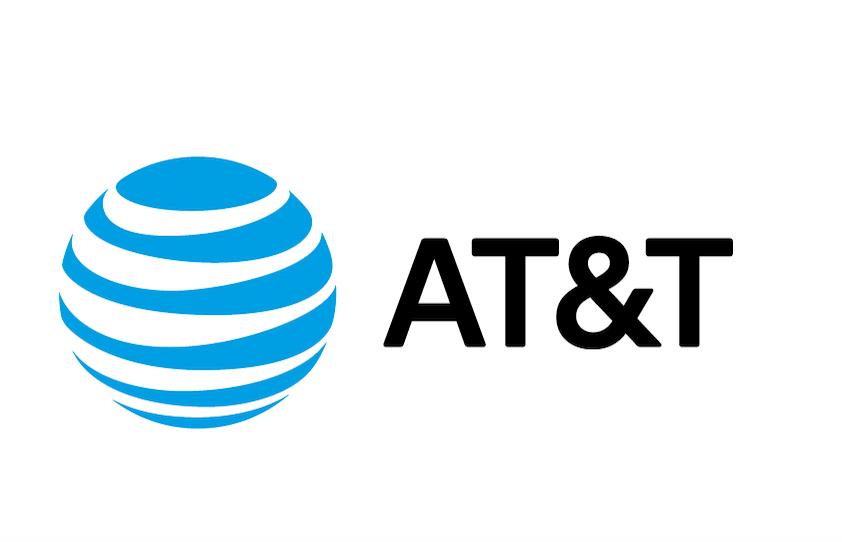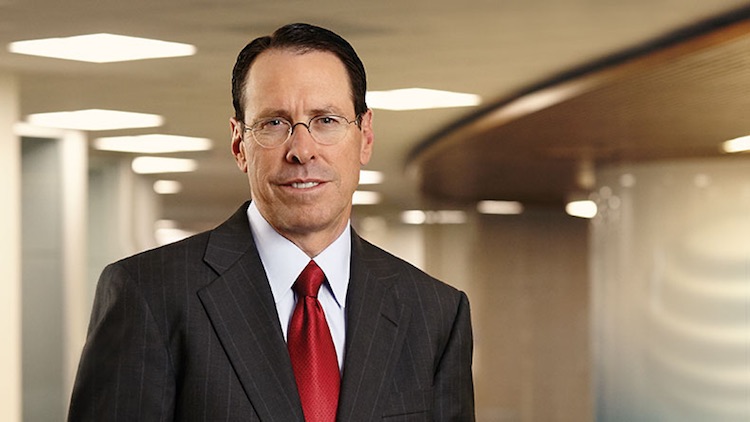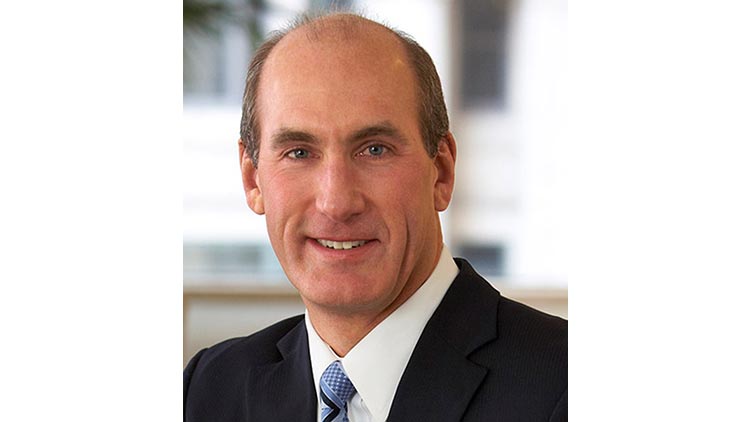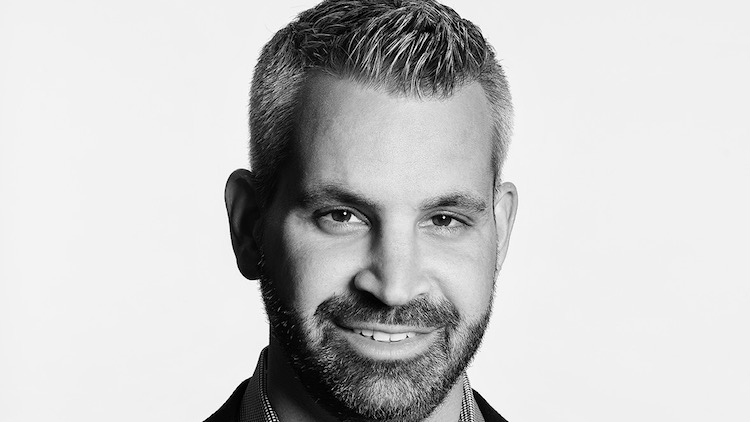AT&T Aims to Create More Content, Sell Better Ads

AT&T, after completing the acquisition of Time Warner, is looking to create bigger direct-to-consumer packages with more content and to generate higher ad prices and revenue.
In announcing its second-quarter earnings Tuesday, AT&T said that Time Warner, now called WarnerMedia, generated $1.8 billion in adjusted operating income, unchanged from a year ago, while revenue rose to $7.8 billion from $7.3 billion.
During the 16 days AT&T owned WarnerMedia it brought in $1.3 billion in revenue and $500 million in operating income.
Turner’s income was flat at $1 billion, as revenues rose 4% to $3.2 billion. Subscription revenue rose 6% and ad revenue increased 3%, bolstered by sports including the NBA playoffs.
HBO income rose 13% to $600 million from $500 million, with revenue gaining 13% to $1.7 billion on strong U.S digital subscription revenue growth.
Warner Bros. income was flat at $300 million as revenue rose to $3.3 billion from $3 billion.

CEO Randall Stephenson said has assembled the ingredients of a modern media company, which begins with premium content.
Broadcasting & Cable Newsletter
The smarter way to stay on top of broadcasting and cable industry. Sign up below
“Whether it's Netflix, Amazon, Google, Disney or Comcast, everybody is now pursuing the same thing. How do you deliver great media and entertainment experiences to our customers? And I think the recent valuations of media companies is reinforcing this point,” he said, looking at the media landscape.
“But just owning great content is no longer sufficient. The modern media company must develop extensive direct-to-consumer relationships, and we think pure wholesale business models for media companies will be really tough to sustain over time.”
A big part of AT&T strategy is using its data and technology to boost the value of video advertising.
Stephenson said AT&T ad business grew 16% in the second quarter. Using AT&T’s data insights on the ads it runs on DirecTV has increases the yield on ads by three times to five times.
“Now Turner has an ad inventory that's three times the size of our DirecTV inventory, and as we apply the same data to that inventory, we expect a significant lift,” he said.

John Stankey, now CEO of WarnerMedia, said the company wants to increase its investment in premium content. He declined to provide a specific number, but said that AT&T would be contributing some of the savings the merger would generate and that it would accept lower profit margins for a while to build up the programming pipeline.
There was recently some controversy about Stankey and AT&T’s plans for HBO content, but Stankey said they didn’t properly “characterized what we’re about.”
He said HBO has a tremendous amount of great projects already in the funnel. But, “as the HBO team and [HBO CEO Richard Plepler] would describe it, they have not been in a position to say yes to because of constraints on certain resources,” Stankey said. “What we're attempting to do is open up those constraints on very high, top-quality projects.”
Stankey also said. AT&T plans to further develop and nurture its direct-to-consumer distribution, including HBO Now.
That will include enhancing existing platforms as well as delivering premium content to the more than 170 million direct-to-consumer relationships across AT&T's video, mobile and broadband platforms in the United States and Latin America,” he said. “We also plan to add even greater value to these relationships by focusing, aggregating and incorporating more WarnerMedia intellectual property.”
Stankey said that going direct to consumer requires scale and the direct-to-consumer products that Time Warner launched generated relatively small-scale audiences considering the size of AT&T.
“We want to be generating audiences in the tens of millions, not in the single-digits millions,” he said.
He added that bringing together many of the strong content brands being created at WarnerMedia would generate interest among groups of audiences.

Brian Lesser, CEO of AT&T advertising and analytics unit, said tradition advertising is ripe for change and AT&T has the assets to do that, not only for AT&T’s properties, but for other media companies as well.
“Our plan is nothing short of leading the industry and creating a premium advertising marketplace across both TV and digital by quickly integrating AT&T assets, including AppNexus,” Lesser said.
“In our view, successful ad marketplaces must have two key assets: number one, its premium content. Sports, news, original programming, we love our position with Turner content along with the scaled portfolio of ad inventory,” Lesser said.
“Number two is distribution. Customers dictate how and where they consume content. Likewise, a relevant ad marketplace must be able to reach customers where they are, whether it's a 50-foot screen in a theater or a 3-inch screen in your pocket,” he added.
“Number three is data,” he went on. “AT&T has access to expansive datasets on customer behavior and preferences. 170 million direct-to-consumer relationships across its wireless video and broadband businesses, 40 million set-top boxes, 20 million connected cars, and that's just for starters. But data needs to be activated to have value. We're building targeting and measurement capabilities that will bring greater value to consumers, advertisers and publishers.
He concluded by saying that “number four is technology. Content distribution and data must be integrated on a best-in-class ad technology platform. That's the rationale for our recent announcement to acquire AppNexus.”
Stankey said that Turner is already using the data AT&T has been using to enhance sales of the two-minutes of commercial inventory per hour it has on DirecTV.
New initiatives have already begun to crop up.
“We found out that Brian had a great opportunity to do addressable advertising in the pharmaceutical space, and some of the pharmaceutical companies wanted 90-second avails. And he didn't have 90 seconds of inventory,” Stankey said. “So we're bridging Turner inventory with what used to be AT&T inventory so that we can have new addressable products to bring in.”
Lesser said AT&T wants to improve advertising and improve the experiences of consumers.
“We can start to do things in terms of innovating the ad experience,” he said.
“Imagine a DirecTV customer watching the big screen on their living room wall and instead of seeing a traditional ad break, they see an icon on a car in a movie that they're interested in or in a show that they're interested in,” Lesser said.
“And then we have the ability to create a seamless ad experience on their mobile device, which is on the coffee table or in their pocket, pause real-time content to interact with a better ad experience and therefore, deliver more relevant content to our customer and to the consumer more broadly,” he said.
This would create a better experience for subscribers and generate more money because those ads would generate a higher CPM and a higher yield and result in a better experience for advertisers and the media company whose content is involved,” he said.
Jon has been business editor of Broadcasting+Cable since 2010. He focuses on revenue-generating activities, including advertising and distribution, as well as executive intrigue and merger and acquisition activity. Just about any story is fair game, if a dollar sign can make its way into the article. Before B+C, Jon covered the industry for TVWeek, Cable World, Electronic Media, Advertising Age and The New York Post. A native New Yorker, Jon is hiding in plain sight in the suburbs of Chicago.

